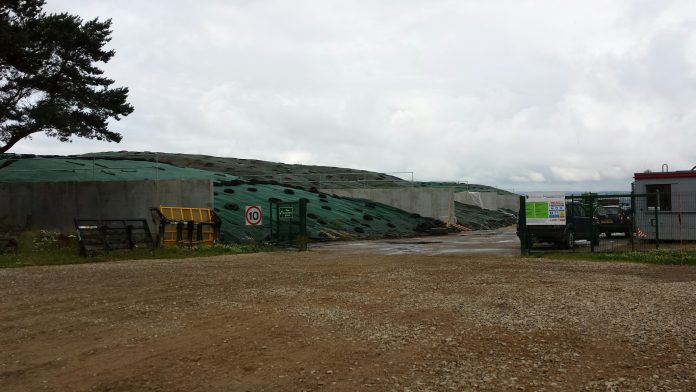“No worries,” said the patient cashier as I struggled to find the correct change in a grocery store in Edinburgh, Scotland, a few weeks ago.
I heard that phrase a lot, and a week earlier would have thought it was a phrase that hailed from “down under.”
During the first week of July, more than 350 delegates and guests from 22 countries gathered for the 21st International Farm Management Congress in Edinburgh, Scotland.
Weather
July in Edinburgh was cool compared to Ohio (60ish most of the time) and for the two weeks we were there, relatively dry.
“Dry” is a relative condition in Scotland, with rainfall varying from more than 9 feet (yes, feet) per year in the Highlands, to 3 feet or so in the Lowlands. With that much rain, there is frequent cloud cover, especially in the Highlands.
A cooler, shorter growing season is made more challenging by the extreme northern location. During my stay, it was quite light out until 11 p.m., with an early sunrise.
Cool, wet weather and lots of midsummer sun grow grass!
Following the Congress, 40 of us headed out for a week-long study tour. Our host, Dr. Ian Edwards — retired professor from SRUC, Scotland’s Rural College, their version of teaching, research and Extension (“consulting”) — was spectacular.
He knew Scotland’s history, agriculture industry, and current events.
Highlights
Some of the highlights:
History — we do not have a true sense of age and history here in the USA. Our country is only 241 years old.
Scotland is full of buildings that are older than that. They were well built, are well maintained, updated and used. We construct too many disposable buildings here.
Land use — farmland is farmland. Land use planning and restrictions mean that you can drive through the country and see field after field with not one house built on the frontage. No billboards either.
There is new development and construction, but it is thoughtfully planned and considered in the context of long-term objectives.
A “land court” helps decide issues when needed.
Open access — You can walk about anywhere you want in Scotland, except for people’s yards. At the farm level that means that people are free to walk through your fields as they hike across the country.
The Hill and Mountain Research Centre in Crainlarich developed a small campground, demonstrating an alternative enterprise that now nets the farm more than $78,000 per year renting out small “wigwams” with a central bathroom and laundry facility.
Conservation — and alternative sources of energy are big and have been encouraged by “schemes,” government programs, to develop on-farm generation of electricity.
We saw water powered generators in the Highlands, and windmills (typically singles for farm use, wind farms are controversial there, as they are here).
Solar panels can be seen in the lowlands. Wood chips from the extensive forest industry are used to generate electricity as well as heat on some farms.
The first bunker silos we saw were for haylage that was used solely to feed methane digesters generating electricity to sell to the grid. A smaller scale unit was under construction on one of the dairy farms we visited.
Forestry — During the world wars, Canadian lumberjacks were brought to Scotland to harvest wood needed for war. In the end, less than 2 percent of the country’s land was forested.
Schemes to reforest acres increased wooded acres to more than 17 percent of the land base. Landowners shared that they now develop 20-, 40- and 400-year plans for their land and forestry enterprises.

Sheep — They are everywhere. More than six million of them!
Farms in the highlands may have multiple breeds of sheep bred to be successful in the highlands (black face, primarily single-lamb ewes) and at lower elevations (usually white face breeds with the ability to have and rear multiple lambs.

Cattle — lots of them, but they can’t compete with the number of sheep. Breeds included typical crosses you would see here, Galloways (a little flighty!) and the occasional Highlander.
Crops — lots of small grains (with many going into Scotch whiskey production), and very little corn. The few acres of corn that we did see were for silage production in southern Scotland and had to be started under plastic.
Many acres of grasses and clovers for hay and pasture and some impressive vegetable and fruit production.
Brexit — has injected tremendous uncertainty into the agriculture sector. Many of the schemes (farm programs) currently in place are heavily subsidized through the EU and are unlikely to continue as Brexit unfolds.
Speakers at the conference and host farmers shared the belief that changes will come, but it will take years for Great Britain to completely extract itself from the EU — it took better than 12 years to put it all in place.
Discussing the implications of Brexit on individual farm businesses reinforced that no matter how far apart we may be geographically, we are more the same than we are different.
As farmers prepare for the (many) unknown changes Brexit will bring, their common strategy: be profitable.
Take advantage of schemes and subsidies to move the farm forward, but do not rely on them or count on them in the future. No worries.












